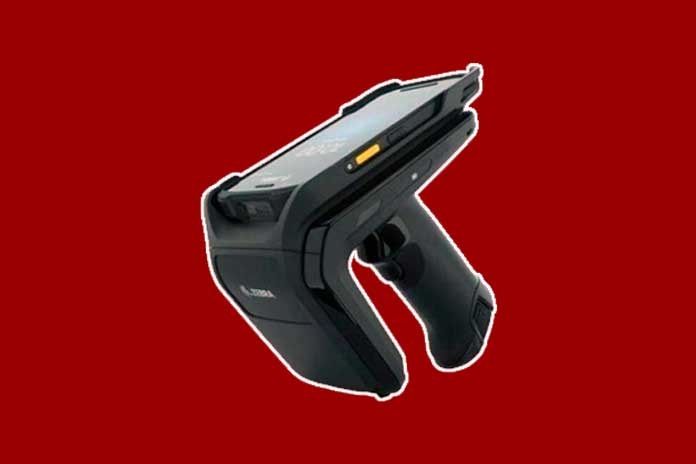How To Transform Your Store With RFID Technology

Although its logistics capabilities have been known for some time, RFID technology is now ready to bring many benefits to retail and shops. Faster and more accurate inventories, rapid payments, and no queues at the checkout are just some of the benefits any store can gain from its implementation.
An Rfid Inventory Is Fast And Foolproof
There are starting to be many shops in different sectors, from fashion to food via large-scale retail trade, that have chosen RFID technology for more or less complex activities. One of the most popular applications of RFID is undoubtedly one that relates to inventory activities. To do this, the products must be appropriately “tagged” with RFID labels, and readers or radio frequency code readers must be positioned in the areas designated for inventory, all connected to a central management system; in other words, an RFID system must be created. A solution, increasingly in use, is represented by portals and gates equipped with RFID antennas which, as goods pass, identify them and, thanks to management software, allow real-time updating of stocks, stock, reorders, and all the fields present in the management system.
The Fitting Room Becomes Intelligent With RFID Technology
Inventory, to which product recall management or expiry monitoring functions can be added, is linked to increasing efficiency. RFID technology, however, can simultaneously increase sales thanks to a positive effect on the customer experience. In this sense, one of the most popular ways for clothing stores is to transform dressing rooms from a simple physical place to try on clothes into a truly digital and interactive ecosystem.
In essence, we work on the mirrors present in the dressing rooms; these become screens on which, thanks to the reading of the garment’s label and augmented reality, the image of the user wearing that product or related products is projected (for example, if one tries a dress, the image of a bag to match can be projected).
In this way, conveying information on last-minute offers is also possible. Furthermore, from a marketing point of view, data is acquired on the stay in the dressing room and on the choice of items to try on; these, if cross-referenced with sales data, allow adjustments to be made to the strategy (it may be possible to decide to move certain products from an area to another in the shop, to highlight specific colors, etc.).
No More Queuing With The RFID Automatic Checkout
Another potential of RFID technology allows, however, to improve the customer experience and, at the same time, streamline and speed up operations. The RFID cash register will enable you to automatically identify the products purchased by placing them inside a basket and automatically proceed to payment. Indeed, as happens with Amazon Go, Amazon’s cashierless supermarkets present in the United States, this step can be bypassed by placing an RFID gate at the exit that reads the RFID labels of the products and the direction of transit (outwards) and allows you to draw on the amount due directly through the link to the payment method that the user has set up in his Amazon account. In Europe, giants have chosen RFID crates, especially in the clothing world, such as the Decathlon.
The High Price Of RFID Tags: A Myth To Be Debunked
One of the major resistances to using RFID technology in the retail sector has historically been represented by the high price of tags. This is a significant investment, considering all products must be re-labeled with radio frequency labels. Today, the high price of consumables remains just a bad memory. The tags cost tens of cents each, and you can tag all the products with a medium-low investment. The actual cost, instead, is represented by the correct implementation of the system, for which it is essential to rely on an expert technological partner.
Also Read: RFID Transponders: Identify And Track Goods
